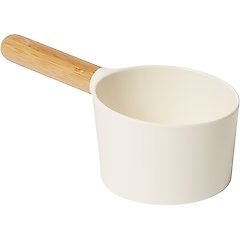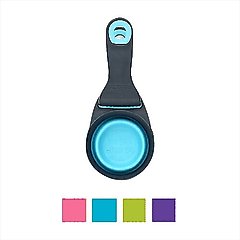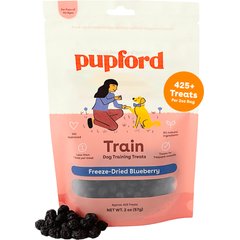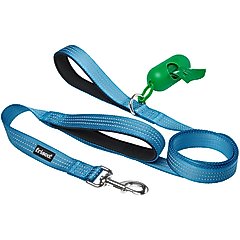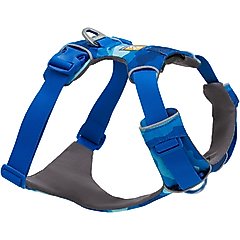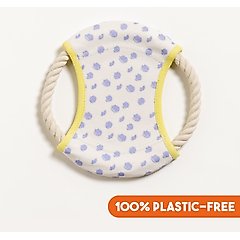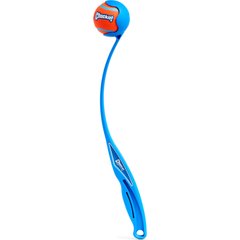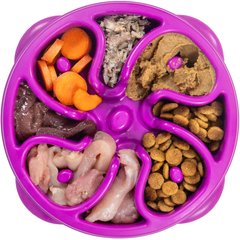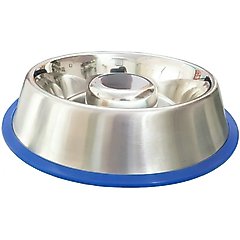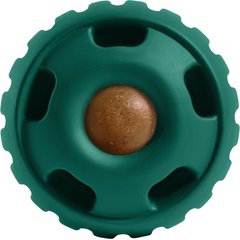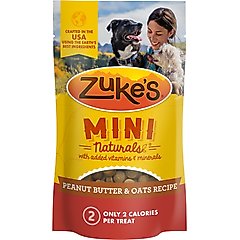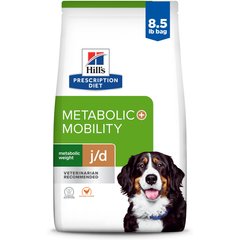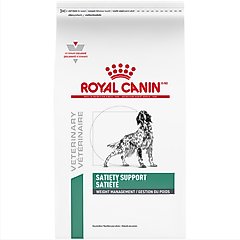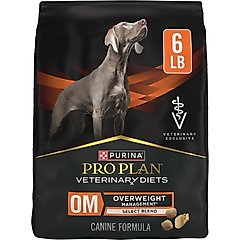How To Help Your Dog Lose Weight
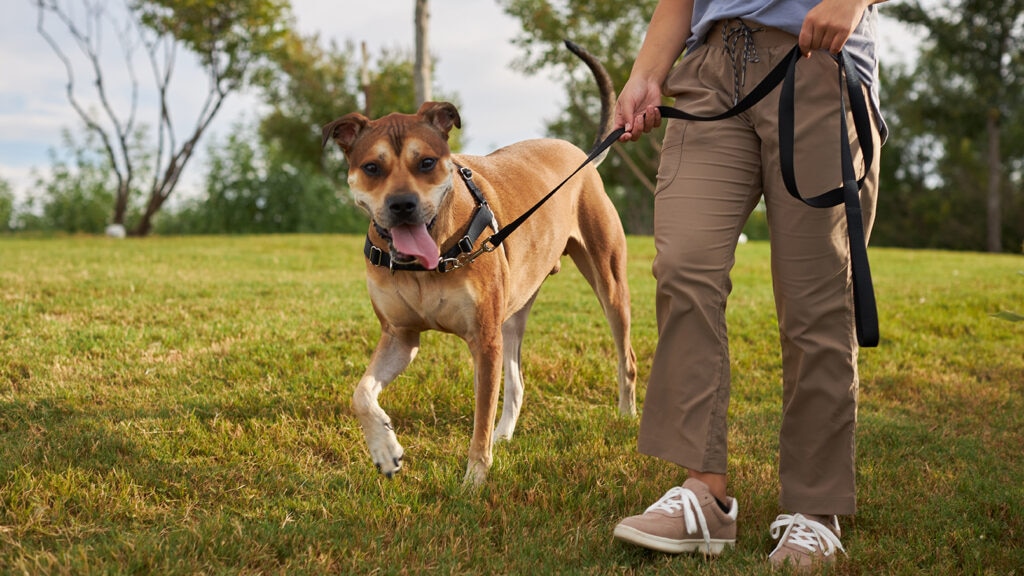
Photo by Chewy
Maybe you just visited the veterinarian and they said your pup is a little on the chonky side. Or perhaps you’ve noticed your pet has put on some excess weight in recent months. Whatever the case, learning how to help a dog lose weight is one of the most important endeavors you can undertake.
That’s because pets at a healthy weight are more likely to live longer, happier lives. In fact, maintaining a healthy weight can help reduce your dog’s risk of chronic diseases—such as diabetes, arthritis, and heart issues—and can even boost their energy and mood on a day-to-day basis.
We’ll help you identify whether your pup is overweight and provide you with veterinarian guidance on how to help your dog lose weight.
Does My Dog Need To Lose Weight?
Your pup might feel a bit heftier than usual, but how do you know for sure whether they need to drop some pounds?
According to Carly Fox, DVM, a senior veterinarian at the Schwarzman Animal Medical Center (AMC), in New York City, clear signs your dog is overweight or obese include:
- Not having a waist
- Not having their ribs be visible
- Not having what’s called an “abdominal tuck”
“Additional physical signs include difficulty with exercise, panting excessively, and if they are unable to groom or lick themselves,” Dr. Fox says.
Body Condition Score
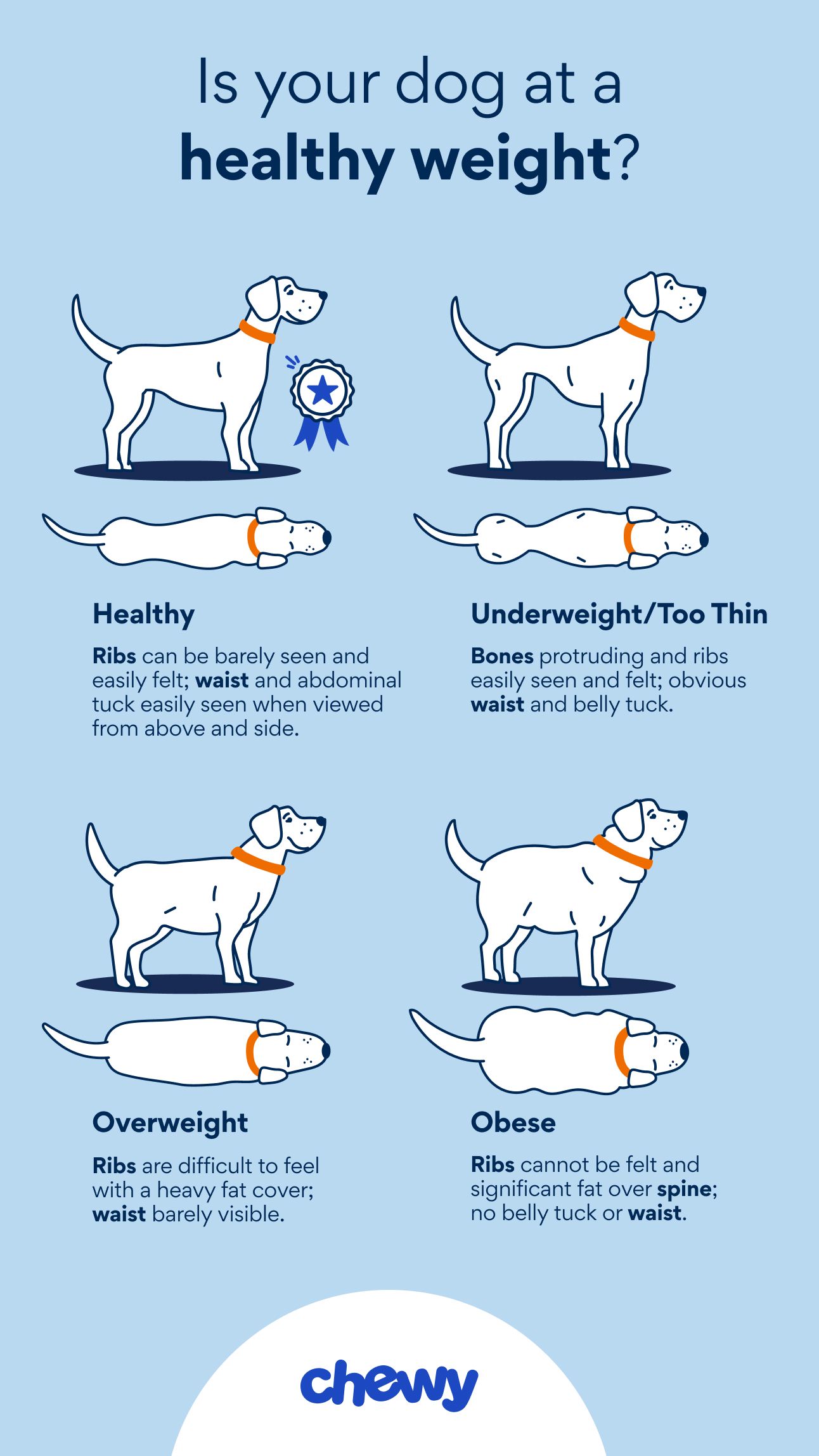
Photo by Chewy
Veterinarians also use what’s called a Body Condition Score (BCS) system to standardize weight evaluation in dogs and cats, says Abel Gonzalez, DVM, veterinarian and clinical director at Dutch.
The scale ranges from 1 (emaciated) to 9 (obese), and any pet with a BCS over 6 is considered overweight.
- 1–3: Underweight
- 4–5: Ideal
- 6–9: Overweight to obese
Here are some general guidelines:
- Ribs: In an ideal score (around 4–5), you should be able to feel your dog’s ribs easily under a thin layer of fat but not see them prominently.
- Waist: When viewed from above, your dog should have a visible waist behind the ribs.
- Abdominal tuck: From the side, there should be an upward slope (tuck) from the chest to the abdomen.
- Fat deposits: Higher scores (6–9) indicate excess fat deposits over the ribs, back, and tail base, with little to no visible waist or tuck.
How Do I Help My Dog Lose Weight?
If you’re looking at the above graphic and thinking, “I should probably look into weight loss for dogs,” then we’re here to help.
Fortunately, there are many steps pet parents can take to help their dog lose weight. Here’s what Dr. Fox recommends.
Decrease Calorie Intake
With veterinary guidance, reduce your dog’s daily food intake by 10–25% from their current amount, Dr. Fox advises.
Accurately measure and weigh their portions with a dog food scoop to ensure you’re feeding your pup the right amount of food at each meal
Recommended Products
“There’s a big push for boutique, grain-free, raw, and ‘ancestral’ diets,” says Dr. Gonzalez, “and while some sound good on paper, they’re often high in fat and calories or not balanced for weight control.”
Cut Down on Treats
This also means reducing or eliminating treats. Any treats your dog has shouldn’t be fatty or high in calories.
“Instead, you can try feeding low-calorie treats, including snap peas, carrots, blueberries, and air-popped popcorn,” Dr. Fox advises. “You can also use a piece of their kibble as a treat.”
Recommended Product
Remember, treats should make up no more than 10% of your dog’s diet, with the rest coming from a complete and balanced dog food formula.
Increase Exercise
Get ready for more bonding time! Increasing your pet’s daily exercise helps them burn calories.
This might mean:
- Going for longer or more frequent walks
- Hitting the dog park for a game of fetch
- Playing games together in the house
- Going on some hiking adventures
Get a high-quality leash and harness and invest in some toys that keep your pup moving, such as the Awoo Dizzy Disc Organic Cotton Frisbee or the Chuckit! Classic Ball Launcher.
Recommended Products
Slow Down Their Eating
Slowing down your pet’s meals can be very useful in helping your dog feel full and content, and it has the added bonus of helping with digestion.
Many slow feeders are available that help your dog eat more slowly and feel fuller, Dr. Fox says.
The Outward Hound Fun Feeder Interactive Dog Bowl and Mr. Peanut’s Non-Skid Stainless Steel Slow Feeder Dog Bowl are good examples.
Recommended Products
If your pet eats a wet food diet, you can also spread it out on a lick mat—like the Frisco Square Silicone Dog & Cat Lick Mat—that serves the same purpose.
Recommended Product
Try Treat Toys
You can also try treat toys, Dr. Fox says, which turn treat time into an activity that’s physically and mentally engaging. For example, the Woof Pupsicle Treat Dispenser Toy is a fun one that you can fill with premade snacks or your own homemade treats (try mashed frozen fruit).
Recommended Product
Just remember to swap in healthy, low-calorie treats—such as Zuke’s Mini Naturals, which have only 2 calories per treat—or a piece of your dog’s kibble.
Recommended Product
Opt for Dog Weight-Loss Food
If your pet has a lot of weight to lose, you can speak with your vet about weight-loss veterinary diets as well.
“These diets are formulated to promote fat loss while preserving muscle, increase satiety with fiber, and support metabolism, which is often much more effective than just cutting portions of a regular kibble,” explains Dr. Gonzalez.
Some of his preferred options include: Hill’s Metabolic + Mobility j/d, Royal Canin Satiety Support, and Purina Pro Plan OM.
Recommended Products
How Do I Maintain My Dog’s Healthy Weight?
Once your pet has reached their ideal weight, continue feeding them a healthy, calorie-appropriate diet and ensuring they get lots of exercise every day.
Use a measured food scooper to portion meals, and check the label on your dog’s food for general guidelines—but always confirm feeding amounts with your veterinarian to make sure the portions are right for your pup’s specific needs.
“Most dogs need around 25–30 calories per pound of their ideal body weight daily,” Dr. Gonzalez says. “Also, keep human snacks off the menu. That crust or peanut butter spoon can wreck your dog’s calorie count.”
Another way to keep your dog at a healthy weight is to routinely weigh them. This gives you an idea of how much weight (if any) they’re gaining or losing. Dr. Fox says to weigh them once every other week and keep a record of their weight.
“If you have a large dog, you can even stop by your local vet to use their scale,” she says.
Why Should My Dog Lose Weight?
Extra weight makes it harder for your dog to run and play, but it can also lead to health complications and a general lower quality of life. When they’re at a healthy weight, they feel better and can even live longer.
“Talking about weight isn’t about judgment—it’s about mobility, energy, and quality of life,” Dr. Gonzalez says. “You’re already doing right by your dog if you’re asking these questions and thinking about getting your pup at a healthy weight.”
Here are some common health risks associated with dog obesity:
- Joint problems and arthritis
- Heart disease
- Diabetes
- Breathing difficulties
- Inability to properly groom themselves
- High blood pressure
- Higher risk of complications during surgery
FAQs About How To Help Dogs Lose Weight
Q: If my dog is on a weight-loss plan, can I still give them treats?
A: Yes, you can definitely give your dog treats even on a weight-loss plan. There are many low-calorie commercial treats available. Frozen blueberries, air-popped popcorn (unseasoned), green beans, and even a piece of their own kibble all work.
Q: How much should I feed my dog to lose weight?
A: Dogs trying to lose weight typically eat about 10–20% less, depending on your vet’s guidance. The exact amount depends on your dog’s current weight, ideal weight, and activity level and the type of food you’re using.
It’s best to ask your vet for a target daily calorie amount and measure meals precisely.
Q: How long does it take for a dog to lose weight?
A: Your dog can safely lose 1–2% of their body weight each week, Dr. Fox says. If your dog is not losing weight at this rate on a weight-loss plan, speak to your veterinarian about making safe adjustments.
Q: What can I give my dog to lose weight fast?
A: Dogs shouldn’t lose weight quickly. Like humans, they should slowly lose weight by decreasing their caloric intake (usually about 10–20% less) and increasing exercise in a way that’s sustainable over the long-term.
For dogs who have a lot of weight to lose, a prescription weight-loss diet is often recommended. These are formulated to ensure they get proper nutrients while decreasing caloric intake.
